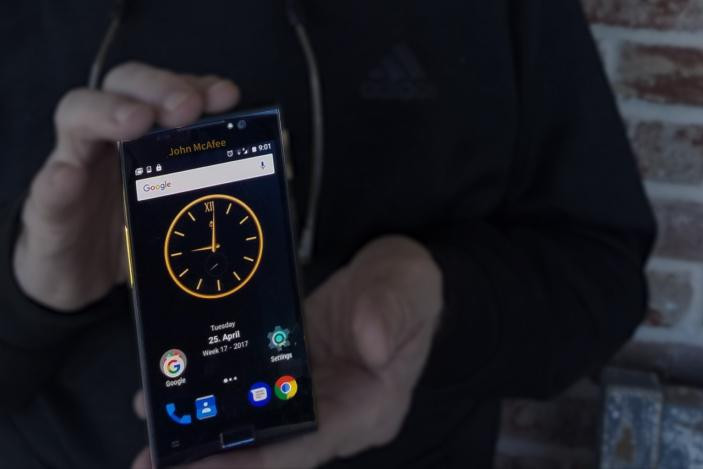
The device is called the McAfee Privacy Phone, and it comes at a cost of $1,100. It was created in partnership with cybersecurity firm MGT and boasts a physical switch that allows the user to disconnect the battery, Wi-Fi and Bluetooth antennas, the camera, and the microphone.
That $1K-plus price tag is pretty steep, but it does highlight the fact that this phone is clearly targeted at enterprise users who might not mind paying a premium for a more secure phone. It’s also important to note that turning off all the communications gear isn’t something that users are supposed to do all the time — just if circumstances call for it.
The phone also has the ability to prevent being connected to StingRay or IMSI-catcher devices that could be used to intercept calls and messages for surveillance purposes.
Of course, there’s a few problems with this approach. As a report from The Verge notes, the real problem when it comes to smartphone security isn’t hardware — it’s software. Not only that, but the McAfee Privacy Phone runs Android — so it’ll be vulnerable to all the same software hacks as other Android phones. While hackers may not be able to gain access to the phone through the communications equipment, they most certainly could through software vulnerabilities.
There’s also an issue with the fact that turning off Wi-Fi and Bluetooth and disconnecting the camera and battery can pretty seriously hamper the user experience — and since it’s physical, anyone with access to the phone could switch the hardware features off — or on — without your knowledge.
In any case, the phone will go on sale later this year, and a version 2 is already in the works for 2018.


